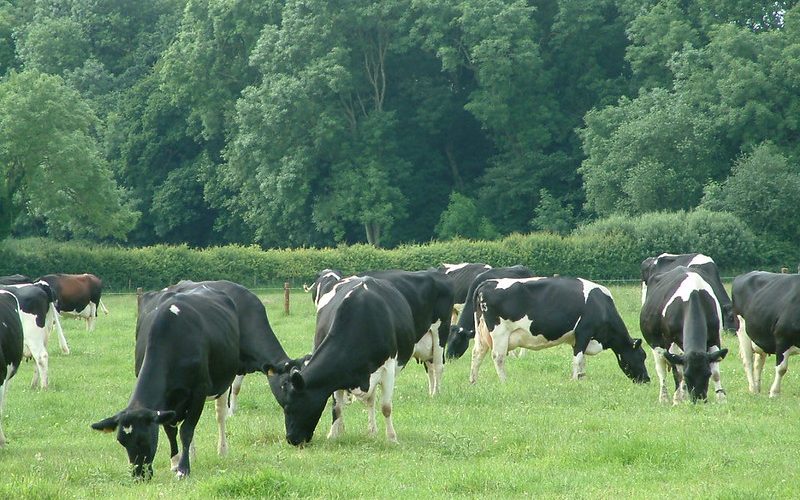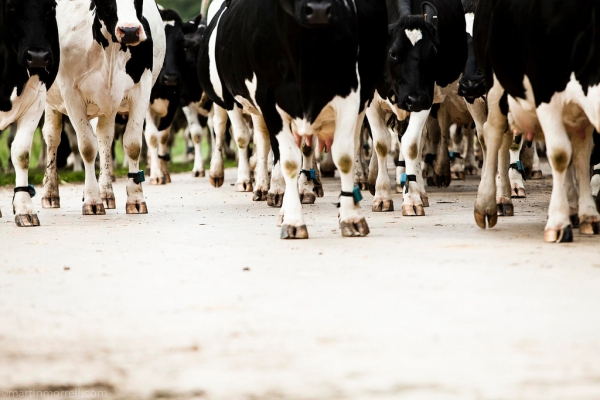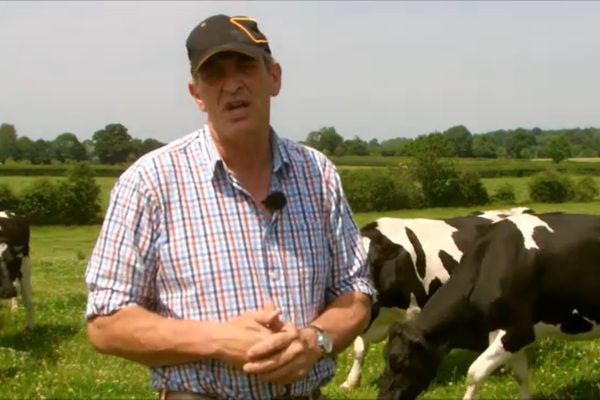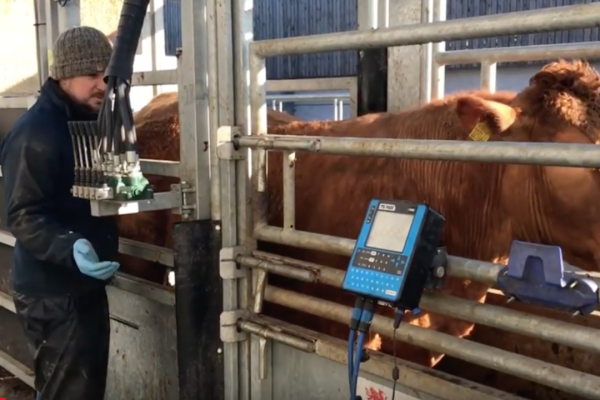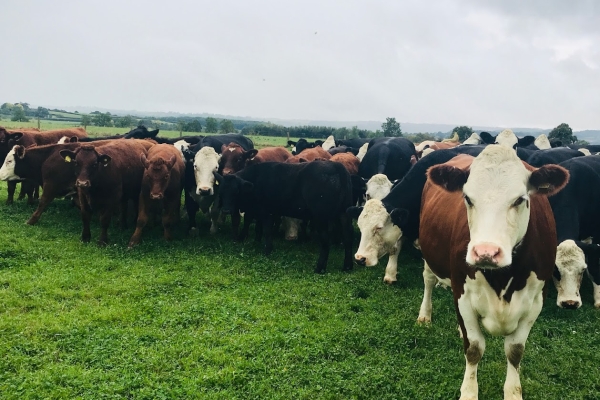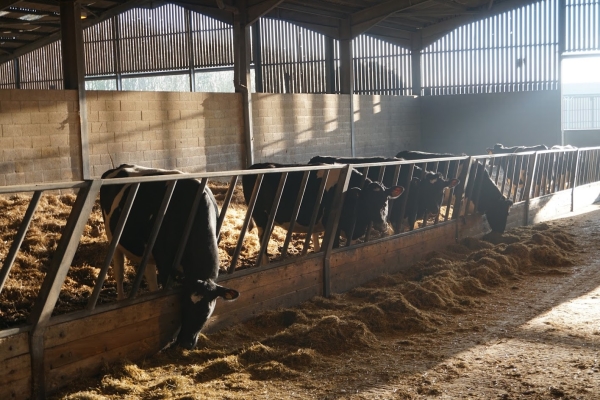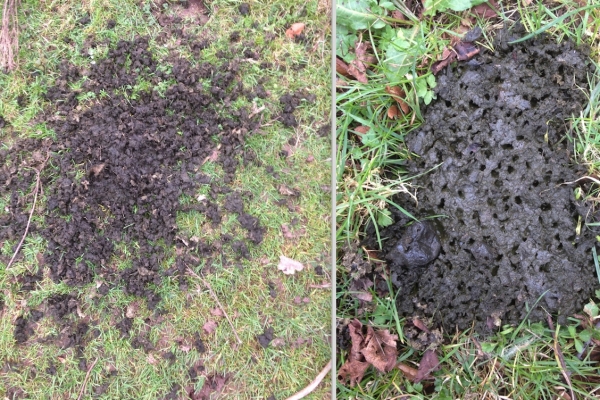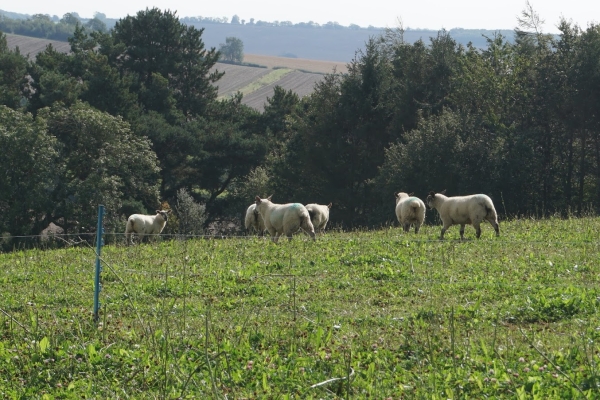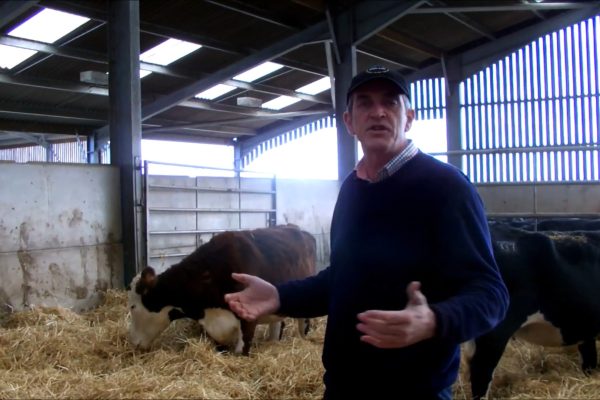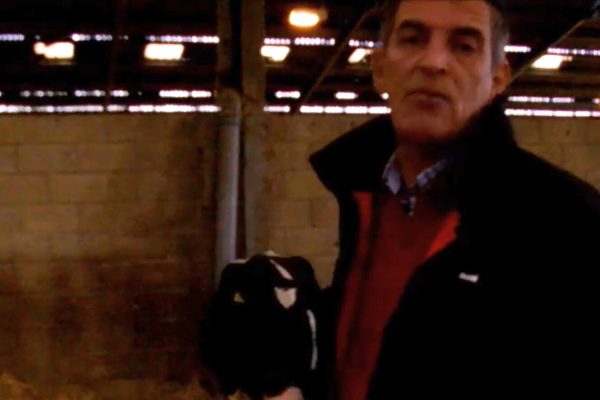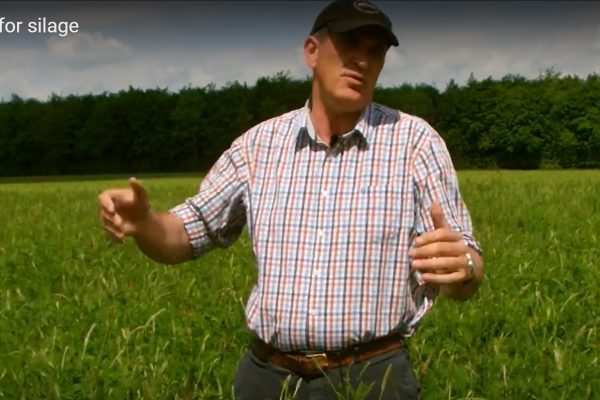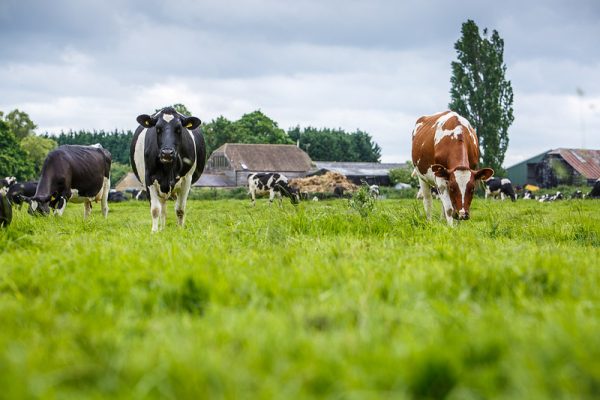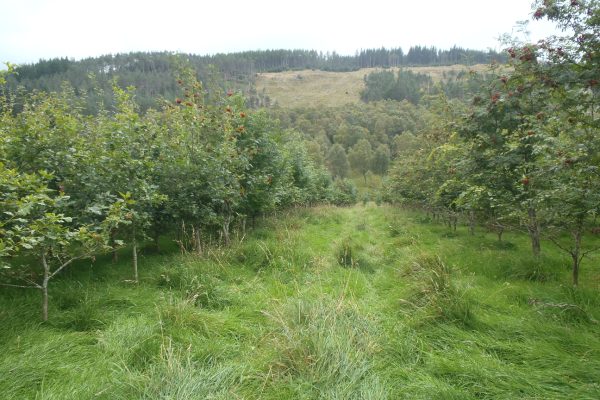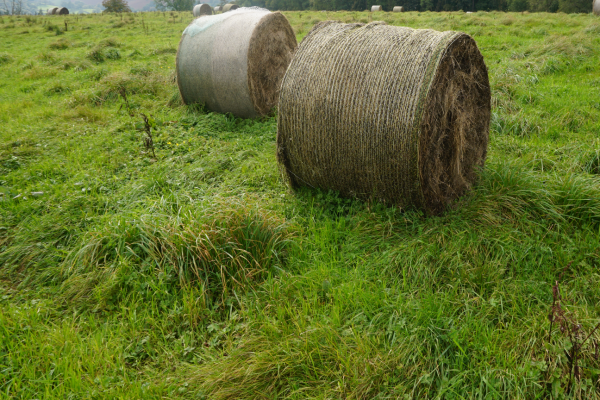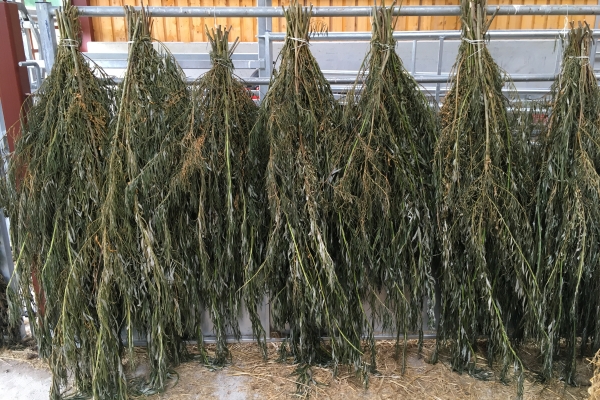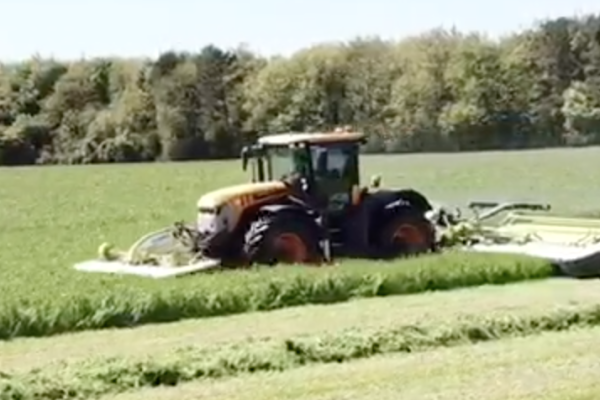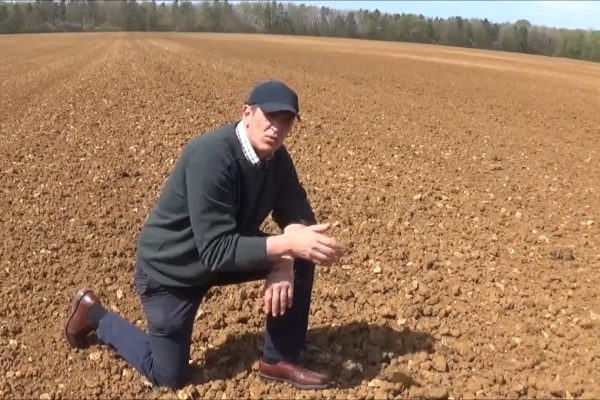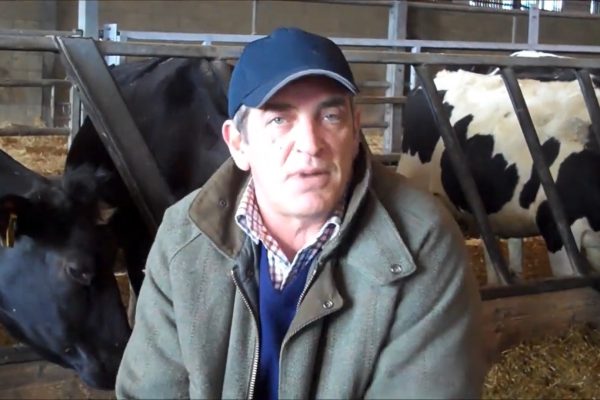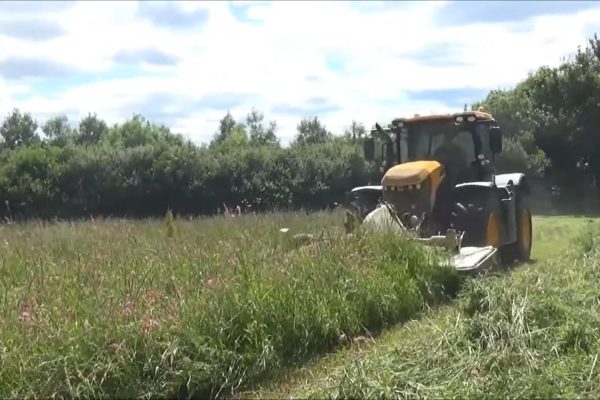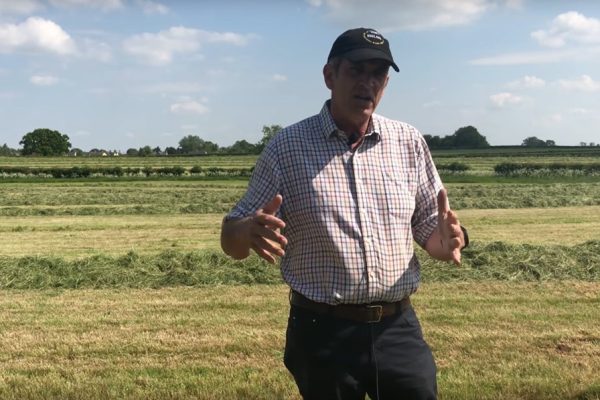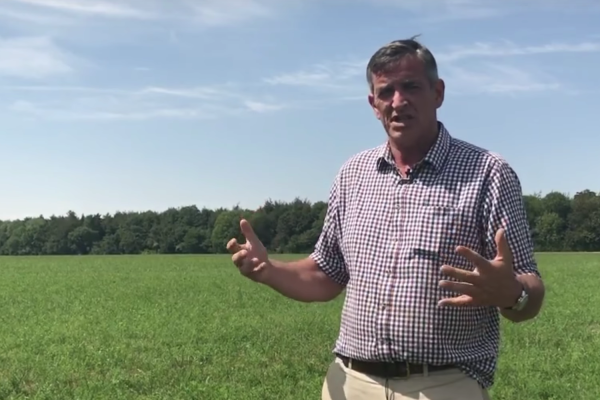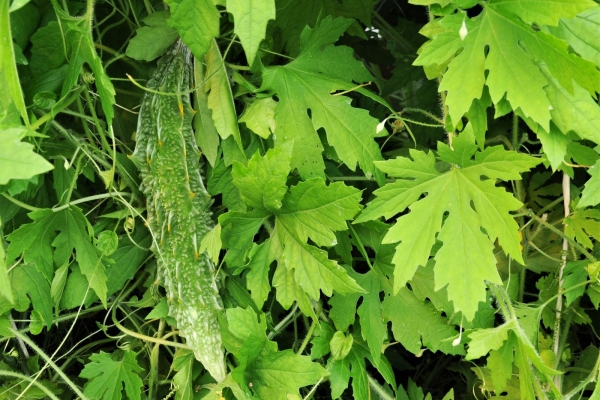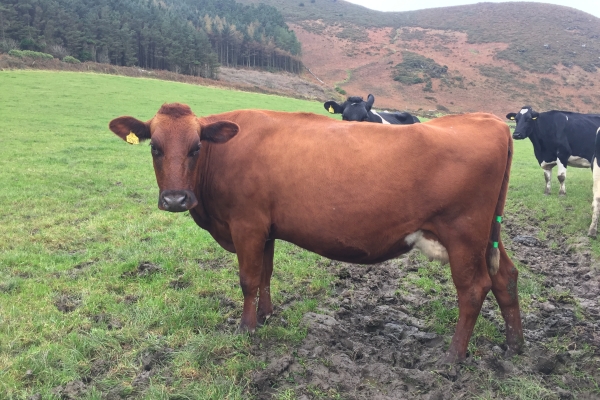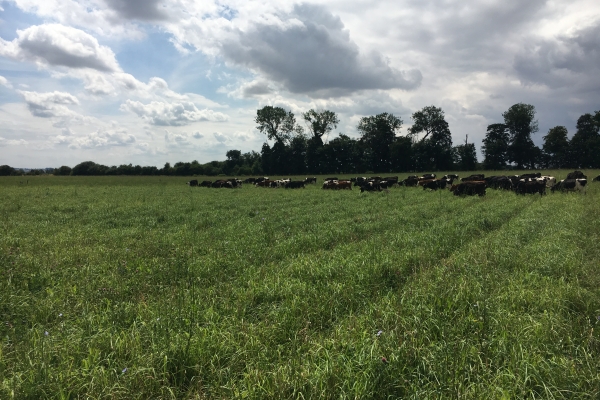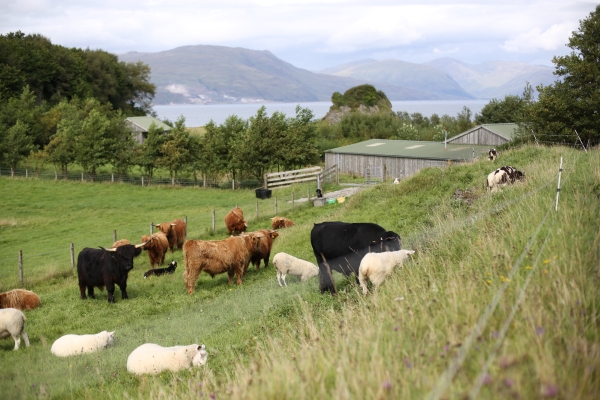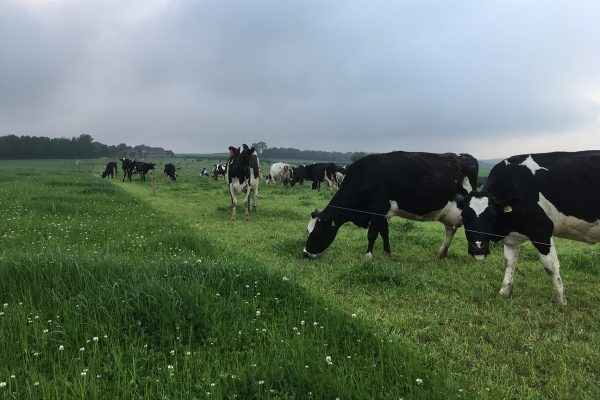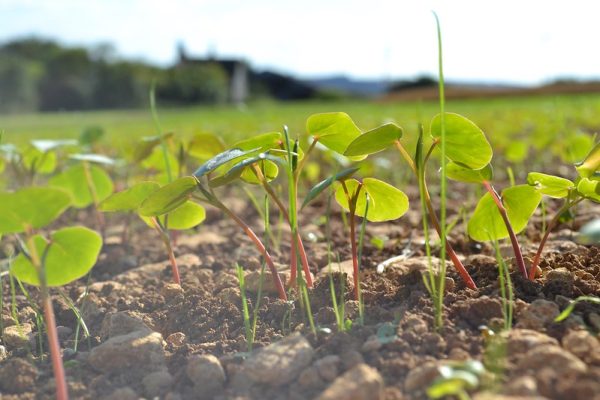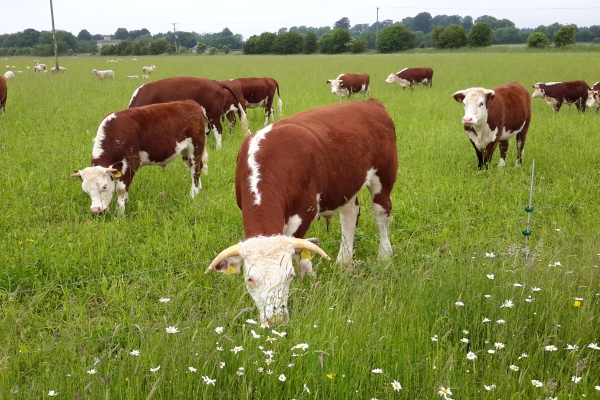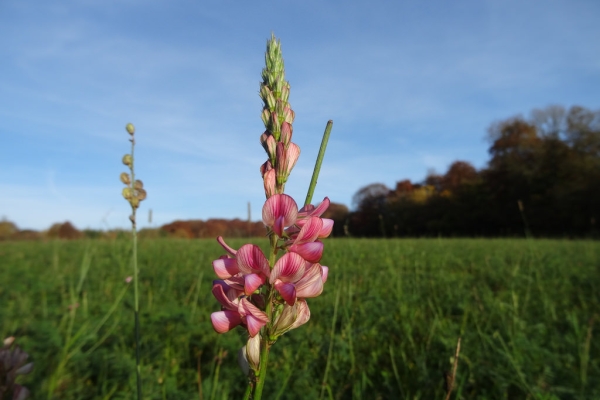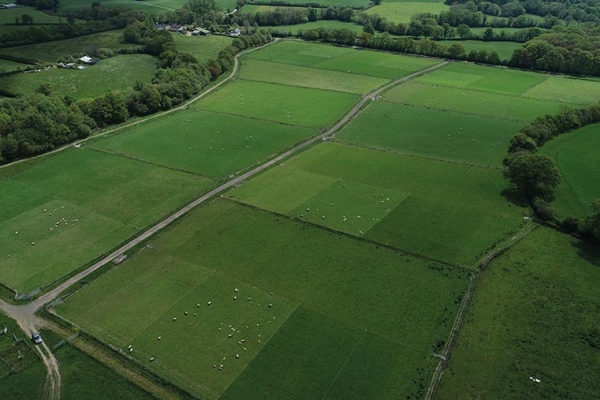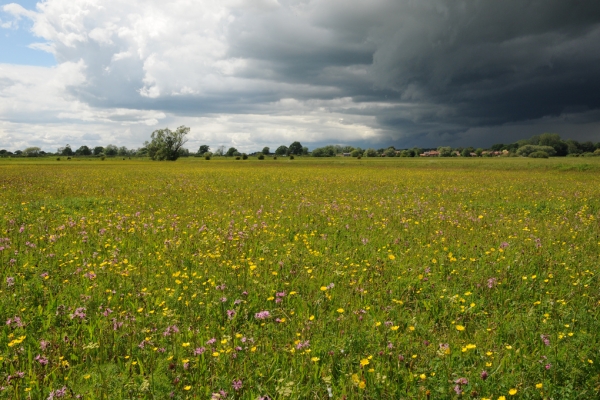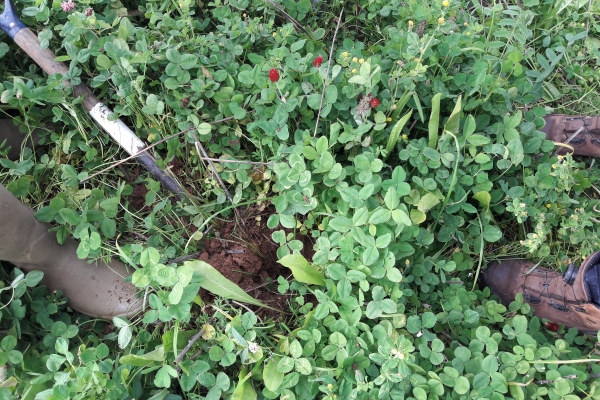Mixed swards, rotational grazing and happy bees: Open Day reflections
As Head Stockman at an ecologically sustainable business like Daylesford, I am lucky enough to graze my cattle on some of the best organic clover leys I have come across, and the success of these pastures comes from the proper management of not only rotational cropping, but also of rotational grazing of both cattle and sheep. None more so than on our sainfoin crops at Daylesford.
Forage for all
When the Agricology Open Day was held on the farm back in June, my eyes were opened to the importance of managing our forage alongside the natural wildlife that flourishes in our fields. Whilst beekeeper Chris Wells was speaking about his bees as we parked alongside one of our sainfoin crops, I noticed something I had never stopped to see before – the crop was riddled with bees. I drive past the crop on a daily basis, but I had never stopped to see what was happening… Thousands of bees collecting nectar from the sainfoin plants and hurrying back to their nearby hives – there must have been 20-30 per square metre! In the past I had only really regarded sainfoin as a brilliant crop to help me fatten our cattle and sheep, but here I saw that there was another animal not only benefiting from the crop, but thriving and providing another financial income for the business in the form of honey… A fantastic example of farming and nature working alongside each other.
Sainfoin is a crop that can’t be mowed too short or grazed too hard, and both beekeeper Chris Wells and Ian Wilkinson from Cotswold Seeds made this point clear; that as farmers we need to manage the crop carefully to maximise the regrowth after mowing/grazing.
Increasing biodiversity
Another highlight for me from the Agricology Open Day was our trip to the wetlands at Daylesford. In the four years that I have been working here, the wetlands are without doubt my favourite place to visit on the estate. At 6 in the morning, there is an almost African feel about it, with the stillness and peacefulness looking over the marshes and reeds and wildlife everywhere. There are numerous species of birds visiting on a daily basis, the like of which I have only ever seen on TV before! For the past three years I have been working closely with Tim Field, establishing a grazing programme for cattle and sheep to forage around the wetlands, and year-on-year the place is looking better, and more and more wildlife seems to be evident.
The benefits of mixed swards
Whilst down there on our tour, despite the monsoon of weather as we arrived, Jonty Brunyee from the Pasture-Fed Livestock Association made a speech about growing and finishing cattle on 100% grass and forage based systems without the need for feeding processed concentrates. His approach maximises the uses of a variety of species such as herbs, wildflowers and clover-rich pastures to provide a balanced and nutritious diet – and a tastier end product! This is a very important concept to me as a stockman rearing and finishing organic meat for a top-end market, and it was very interesting listening to what he had to say. I think as more and more consumers are looking for a cleaner healthier lifestyle and with more recognition about the importance of shopping with a conscience and buying meat from animals that have been reared ethically and extensively, it is going to become increasingly important for farmers to concentrate on growing a mixed sward of pastures to enable animals to be finished on a 100% forage-based diet.
Take home messages
These are just a few examples of the information shared and brought to our attention on the Agricology Open Day, there were many more from various different speakers throughout the day, sharing knowledge, experience and ideas. I think if each person left with at least one idea that they intended to take home and implement, or at least try to implement, then British farming stands a much better chance of keeping up with the demands of what the future holds in a sustainable, ecological way.
